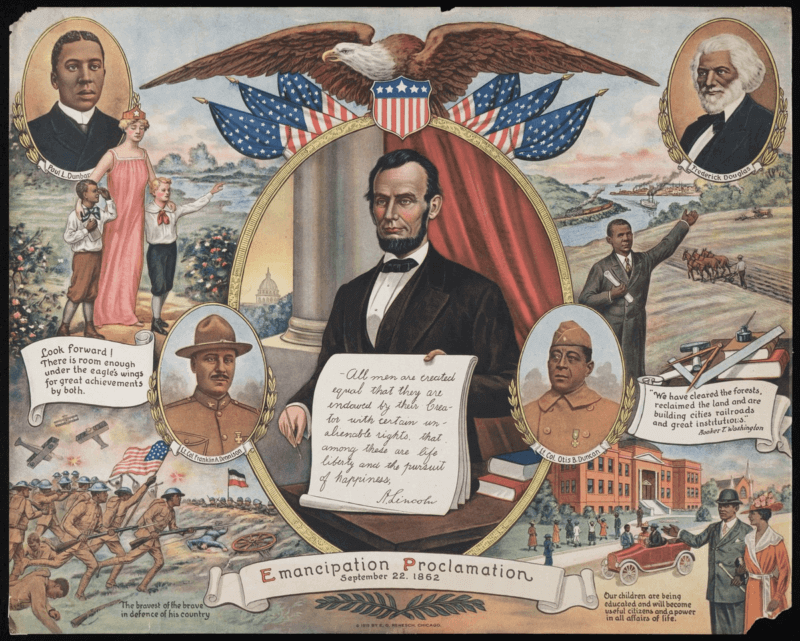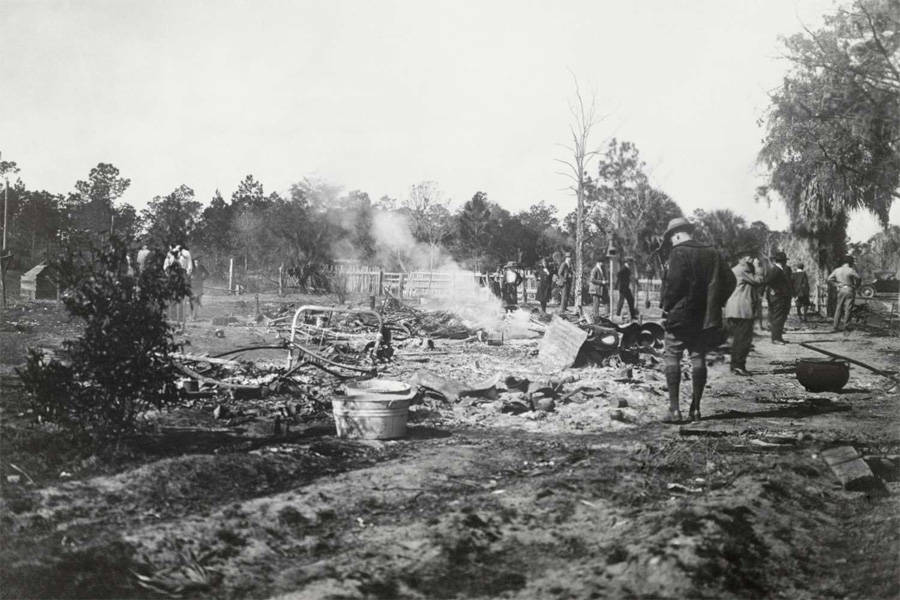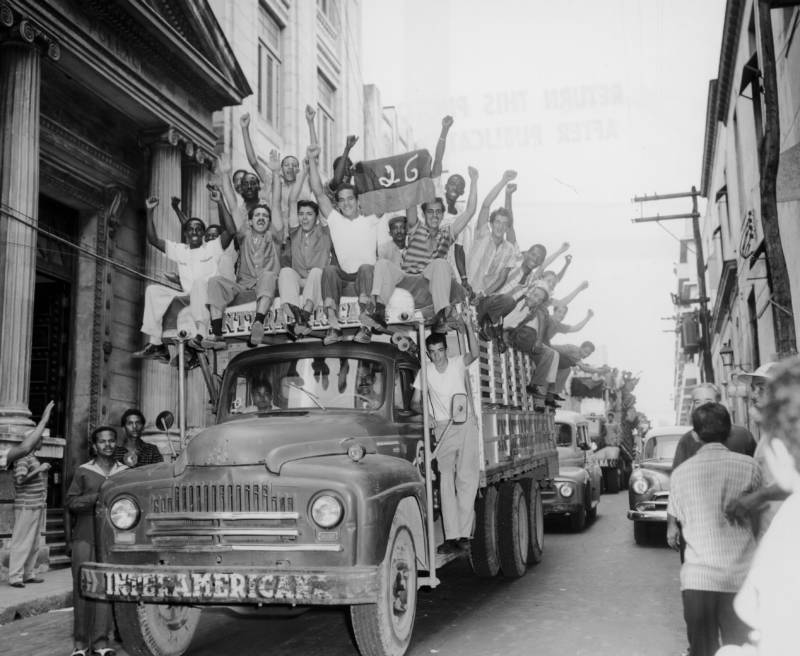What happened on this day in history: Abraham Lincoln issued the Emancipation Proclamation, Fidel Castro and Cuba's communist revolutionaries enter Havana, and more from January 1st.
1735: Paul Revere Is Born
Paul Revere, an American patriot famous for making his midnight ride through the Massachusetts countryside to warn people about incoming British troops, is born in Boston.
1863: The Emancipation Proclamation Is Issued

Wikimedia CommonsAt the urging of Black leaders, President Lincoln signed the Emancipation Proclamation, which freed all enslaved people in the Confederate States.
President Abraham Lincoln issues the Emancipation Proclamation, freeing “all persons held as slaves” in any state “in rebellion” against the United States. While the Confederacy did not recognize the Proclamation, the order allowed Union soldiers to free any enslaved people in Confederate territories they conquered. It also served as a symbol that tied slavery directly to the Civil War – adding a moral purpose to the cause – and allowed Black soldiers to fight for the Union.
1885: Potlatch Ban Goes Into Effect In Canada
The Potlatch Ban goes into effect in Canada. The law forbad the practice of potlatch, or ceremonies held by First Nations, until 1951. This ban significantly impacted the production of totem poles among Pacific Northwest tribes.
1888: Randolph McCoy’s Cabin Is Attacked By Hatfields
A group of Hatfield family members attack McCoy family patriarch Randolph McCoy’s cabin, killing two of his children, badly beating his wife, and burning the cabin to the ground, in one of the worst moments of violence in the Hatfields and McCoys feud.
1892: Ellis Island Opens
The Ellis Island immigration station opens in New York Harbor. Over the next 60 years, more than 12 million immigrants would enter the United States through this facility. The first immigrant to pass through Ellis Island on its opening day was Annie Moore, a teenager from County Cork, Ireland.
1919: J.D. Salinger, Author Of Catcher In The Rye, Is Born
J.D. Salinger, author of Catcher In The Rye, is born in New York City. Before becoming a famous author, Salinger served as a soldier in the Second World War. While abroad, he made friends with other writers like Ernest Hemingway with whom he shared his writing. In 1951, a publishing house decided to publish The Catcher In The Rye, Salinger’s most famous piece to date. The book spoke to generations of young people, and has even inspired acts of political violence. Today, it remains the second most taught novel in American schools.
1923: The Rosewood Massacre Begins

Getty ImagesThe aftermath of the Rosewood Massacre as seen on January 9, 1923.
Fannie Taylor accuses a Black man of entering her home and assaulting her, causing her husband to gather an angry mob of white citizens and enter the predominantly Black neighborhood of Rosewood, Florida, to find her attacker. Over the next week, the white mob would burn the community to the ground, resulting in at least eight deaths. No one would be charged with the crimes committed there.
1959: Fidel Castro Seizes Power

Hulton Archive/Getty ImagesCrowds celebrate the removal of Fulgencio Batista and the arrival of Fidel Castro’s rebels in Havana.
Fidel Castro’s rebel forces enter Havana, marking the beginning of his rule in Cuba. Castro had been leading a revolution against Cuban dictator Fulgencio Batista since 1953. As support for Batista waned over the next several years, Castro gained followers. In late 1958, Castro’s revolutionaries defeated Batista’s army, and on January 1, the dictator fled to the Dominican Republic, bringing his reign to an end.



